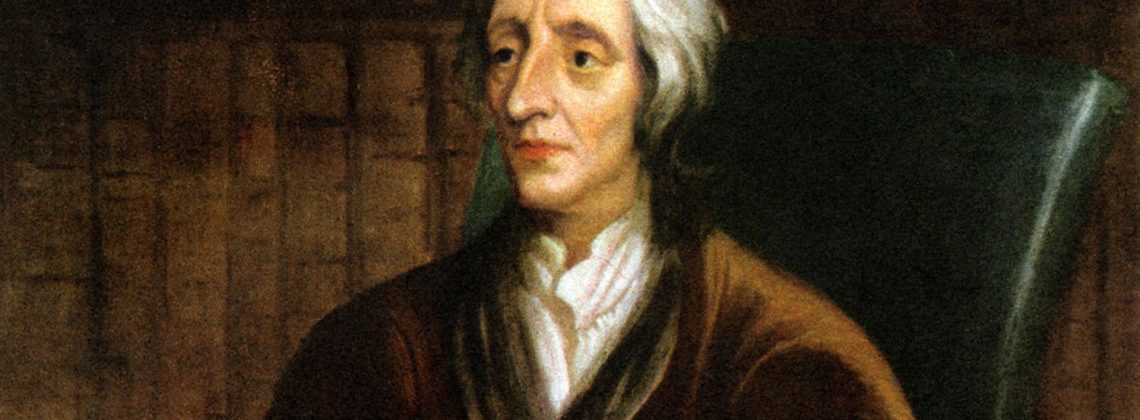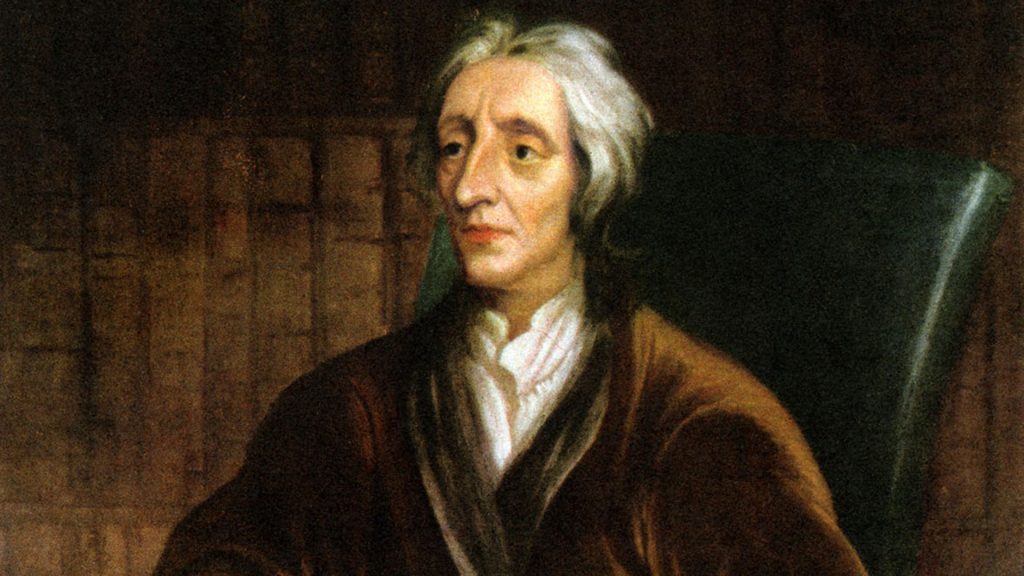

Michael Sean Winters of the National Catholic Reporter gives the Vice President of the United States a history lesson and a lesson in historical thinking.
Vice President JD Vance spoke at the International Religious Freedom Summit last week. There was much in his speech with which any of us would agree. But, Lord, did he get his history upside down!
Vance said he intended to reflect not only on the Founding Fathers’ words about religious liberty “but especially on those [words] of their own intellectual forbears, the Church Fathers of classical Christianity, to which we owe the very notion of religious liberty.”
“It is, I think, a conceit of modern society that religious liberty is a liberal concept but we know that religious freedom flows from concepts central to the Christian faith in particular, the free will of human beings and the essential dignity of all peoples.”
Vance mentioned Jesus’ teaching that we should “render unto Caesar the things that are Caesar’s” and invoked a beautiful letter Tertullian wrote to the Roman consul in the third century. Vance quoted an unnamed Christian apologist (it was Lactantius) who wrote to the Emperor Constantine: “Religion cannot be imposed by force; the matter must be carried on by words rather than blows.”
Vance added, “Of course, this line of thought runs from the early Church Fathers to now, the modern era.”
Of course.
It is true, as Vance noted, that some of the founders such as Thomas Jefferson and John Adams were familiar with the writings of the fathers. And it is true that Constantine was relatively tolerant for his day, except for the Jews whom he hated and persecuted.
But a lot happened between Constantine’s reign and the Constitutional Convention of 1787. Passing over 14 centuries of religious intolerance and persecution by saying “this line of thought runs” from one to the other in order to deny that religious liberty has a liberal pedigree is intellectually dishonest.
Does the name Mary Dyer mean anything to Vance? She was executed on Boston Common in 1660 because she was a Quaker. Bonus question for the veep: When was the Congregational Church disestablished in Massachusetts? 1833, after Jefferson and Adams had died.
Has Vance ever heard of a place called Tyburn? It is the spot in London where Catholics were executed in Tudor England. Marble Arch marks the spot today. In the brief reign of Queen Mary, a Catholic, Oxford witnessed the burning of Thomas Cranmer and other Protestants. Is that part of “this line” running from Constantine to now?
Perhaps our vice president is unfamiliar with the workings of the Spanish Inquisition, an arm of the state run by the church, and used to hunt and persecute Jews and other heretics.
Ever run into an Albigensian, Mr. Vance? No, they were murdered in the Cathar Crusade in 13th-century France because they, too, were deemed heretics. And there were the Crusades to the Holy Land which were not about spreading tolerance.
Vance might be pleased to know that there were other books in Jefferson’s library than those penned by Tertullian. I think it is safe to say that our nation’s third president was more influenced by the writings of John Locke and Jean-Jacques Rousseau than he was by any early Christian writers.
Read the rest here.